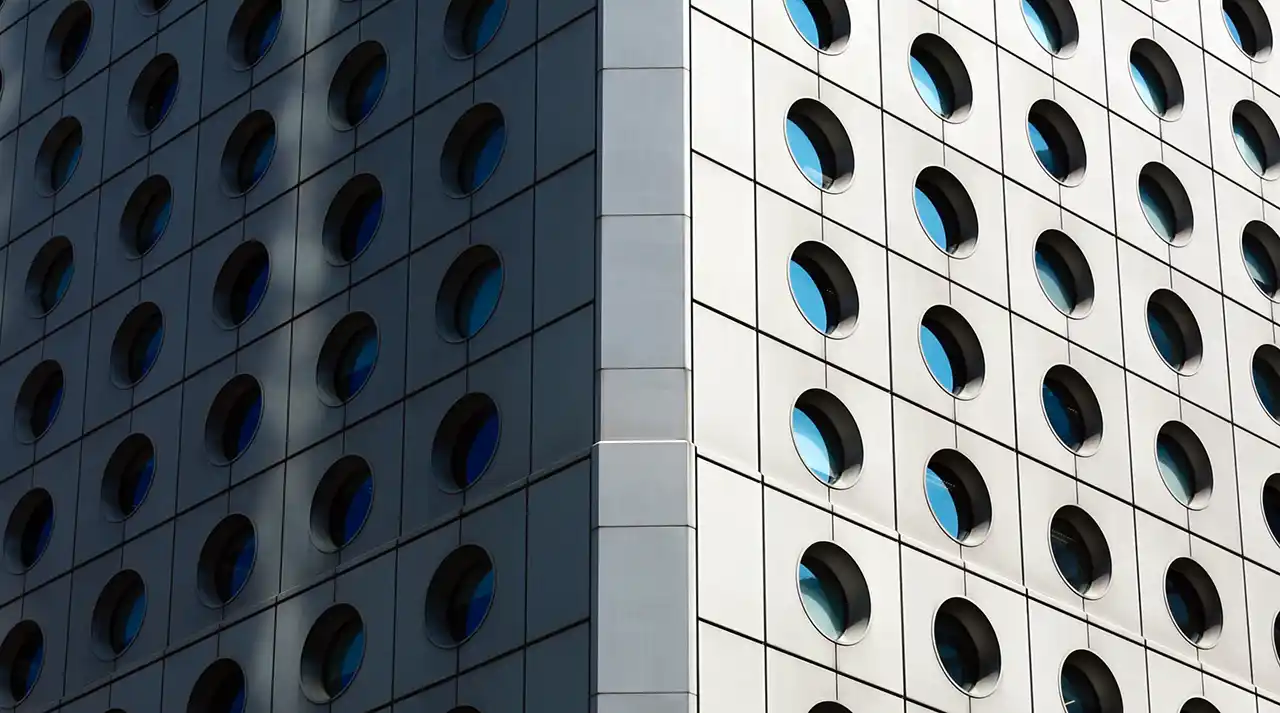The housing market has copped its fair share of negative press this year but there’s signs the fearful sentiment is fading.
Prospective buyers have been happy to sit and wait, hoping for dramatic price falls, amid monthly Reserve Bank interest rate hikes and weekly negative headlines.
But the Reserve Bank went softer than expected on interest rates last time they met, lifting them by just 25 basis points, and it would have been a fillip for market confidence.
Up until that point, co-founder of buyers’ agency network BuyersBuyers Pete Wargent, said the RBA’s heavy-handed approach to rate hikes hit the market hard.
“There hasn’t been a tightening cycle of this pace and magnitude since 1994 – when the cash rate target went from 4.75% to 7.5% between July and December – so most young borrowers have never seen anything like this before,” he told realestate.com.
“And it had had a very significant impact on consumer confidence.”
But Mr Wargent said the eased stance this month had been duly noted by buyers and sellers.
“Although there will likely be further hikes to come, it does add to a general feeling that we are getting closer to the terminal cash rate target for this cycle,”
It’s not just the official cash rate, however, that’s indicating that the housing market could be stabilising.
First of all, auction clearance rates have been higher than expected, and there’s still plenty of sellers putting their homes up for sale each week.
Apollo Auctions director Justin Nickerson told realstate.com it was a real-time indicator of market sentiment.
“It is clear that bidders and sellers are committing to purchase at auction – even though we recorded lower attendance and bidder numbers in September,” he said.
“Our team of auctioneers indicate that buyers and sellers have been galvanised by the increasing interest rate environment because they recognise that their opportunity to buy or sell well may not last forever.”
Another reason that we might have seen the peak of the market fear is that the 15 per cent house price slump predicted by many real estate economists has not eventuated.
The latest Proptrack Home Price Index shows house prices across the country are down just 3.4 per cent from their peak, and their senior economist Paul Ryan said the pace of price falls has slowed significantly.
“Despite recent falls, prices are still significantly above their pre-pandemic levels,” he said.
“Regional areas remain up almost 50% since March 2020. Capital city prices are up 25% over the same time period.”
Thirdly, with the world for the time being at least moving on from restrictions and COVID-19, migration to Australia is likely to increase and put upward pressure on prices.
The country will be doing all it can to attract foreign workers to address the massive skills shortage we have across the board.
“We expect to see the resident population of Australia increase by one million over the next two to three years,” BuyersBuyers’ Mr Wargent told realestate.com.
The fact that this will happen amid a housing shortage in many areas means prices will have to rise.
All eyes will be on the Reserve Bank next month to see if there is continued easing of their monetary policy and if there is, it means interest rate uncertainty will ease and a property price floor will be no doubt be well and truly in sight.



